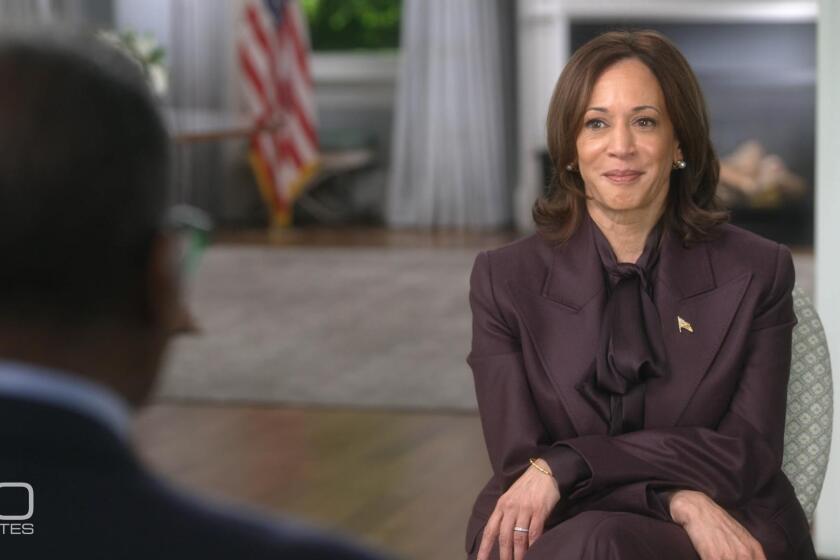6 developments that changed Latin America in 2013
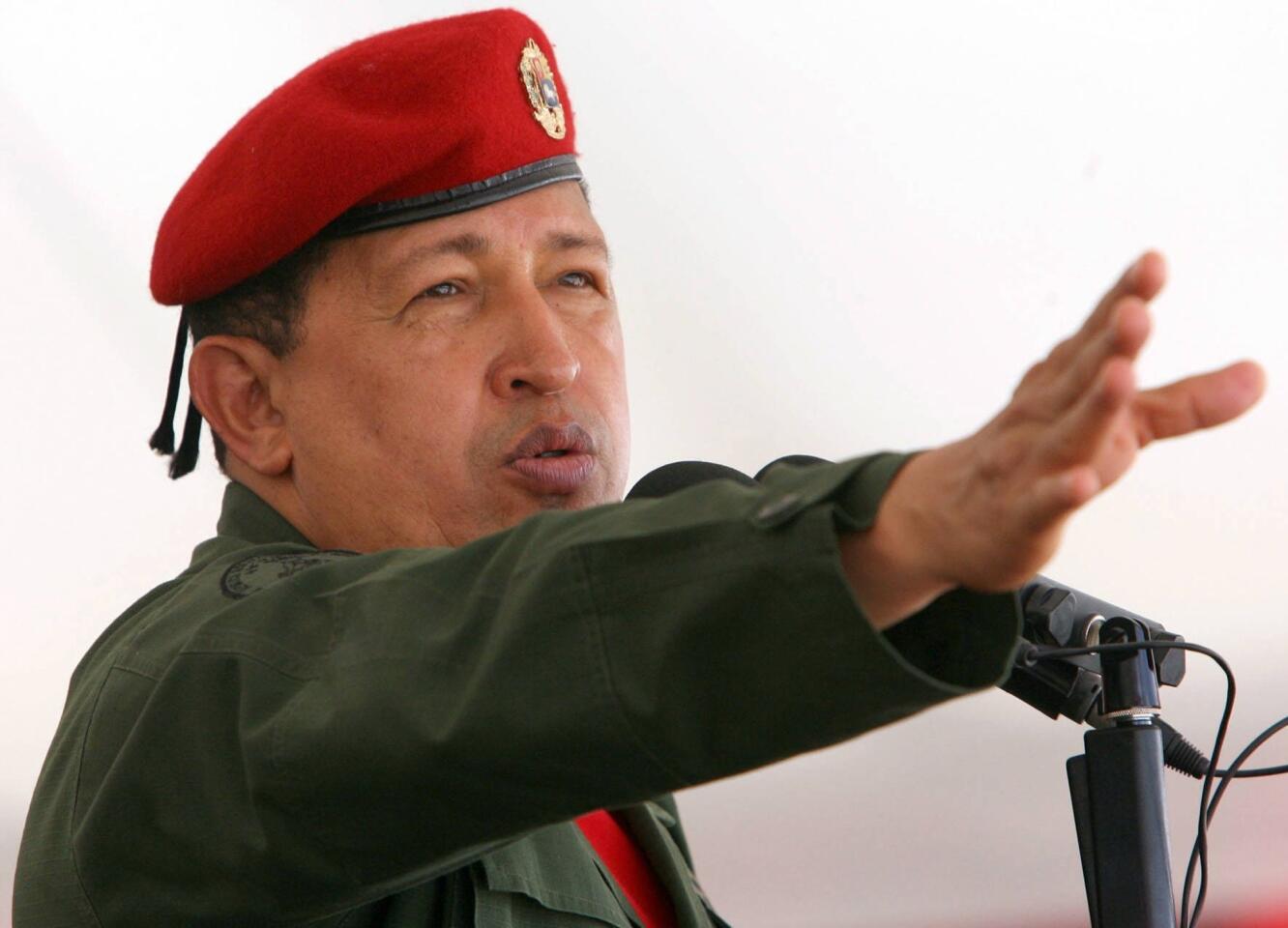
Love him or hate him, Venezuelan President Hugo Chavez, who died of cancer in March, was one of the most influential figures in Latin America in recent years. The former paratrooper-turned-president used his country’s vast oil wealth to improve life for the poor in Venezuela, reducing the percentage of people living in extreme poverty as well as illiteracy rates. And his decision to establish Petrocaribe, an alliance whereby Venezuela ships petroleum to other nations, such as Haiti, at below-market prices, helped combat poverty abroad. But even as he pushed more resources toward improving the lives of the region’s have-nots, he also used his power to attack critics and censored the media, as well as to consolidate his hold on power. His death has created uncertainty at home and abroad. His successor, Nicolas Maduro, has struggled to stabilize the country’s economic troubles, raising doubts about the future of Petrocaribe.
Above: Chavez gives a speech in 2006.
RELATED:
Ted Rall’s five best cartoons of 2013
Washington’s 5 biggest ‘fails’ of 2013
2013 endings: Columnist Patt Morrison on what she won’t miss (AFP / Getty Images)
Whether it was massive street protests, the death of one of the most controversial leaders in the region or efforts to legalize drugs, 2013 brought big changes to Latin America. Here are some of the most notable developments in the region. -- Sandra Hernandez
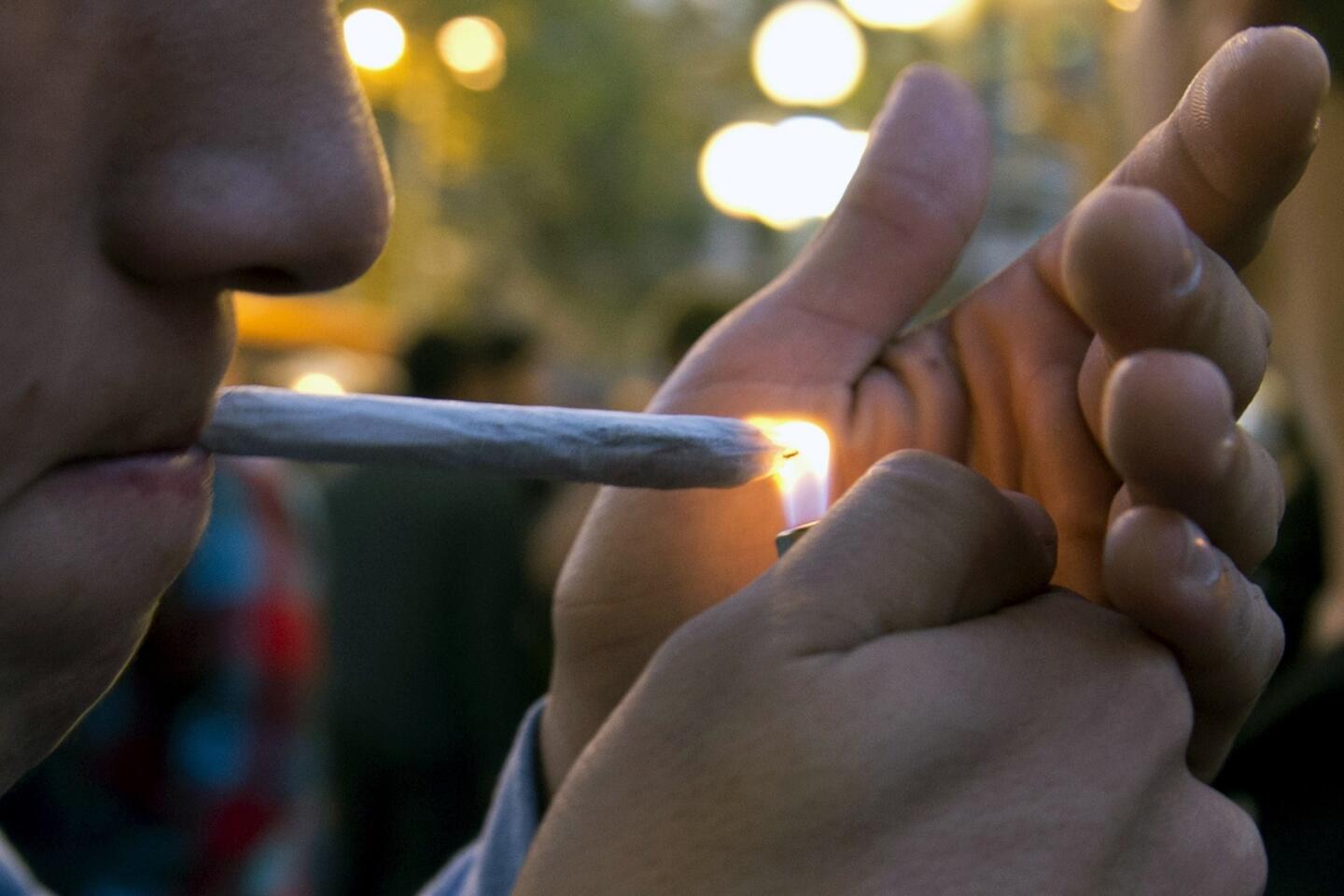
After a yearlong debate, Uruguay is poised to become the first modern country in the hemisphere to legalize and regulate the cultivation, sale and use of marijuana. President Jose Mujica supports the move as a public safety measure. The logic goes something like this: make marijuana legal and free up law enforcement to go after harder drugs, such as cocaine or heroin. It will also put the revenue generated by marijuana in the hands of the state rather than criminals.
Mujica’s approach shouldn’t come as a surprise to the Obama administration. After all, as The Times’ Tracy Wilkinson reported in June, there is a growing movement among Latin America’s leaders to find new approaches to the drug war.
Above: A young man lights up a joint during a demonstration demanding a new law on marijuana in Uruguay on May 8.
RELATED:
Ted Rall’s five best cartoons of 2013
Washington’s 5 biggest ‘fails’ of 2013
2013 endings: Columnist Patt Morrison on what she won’t miss (Pablo Porciuncula / AFP/Getty Images)
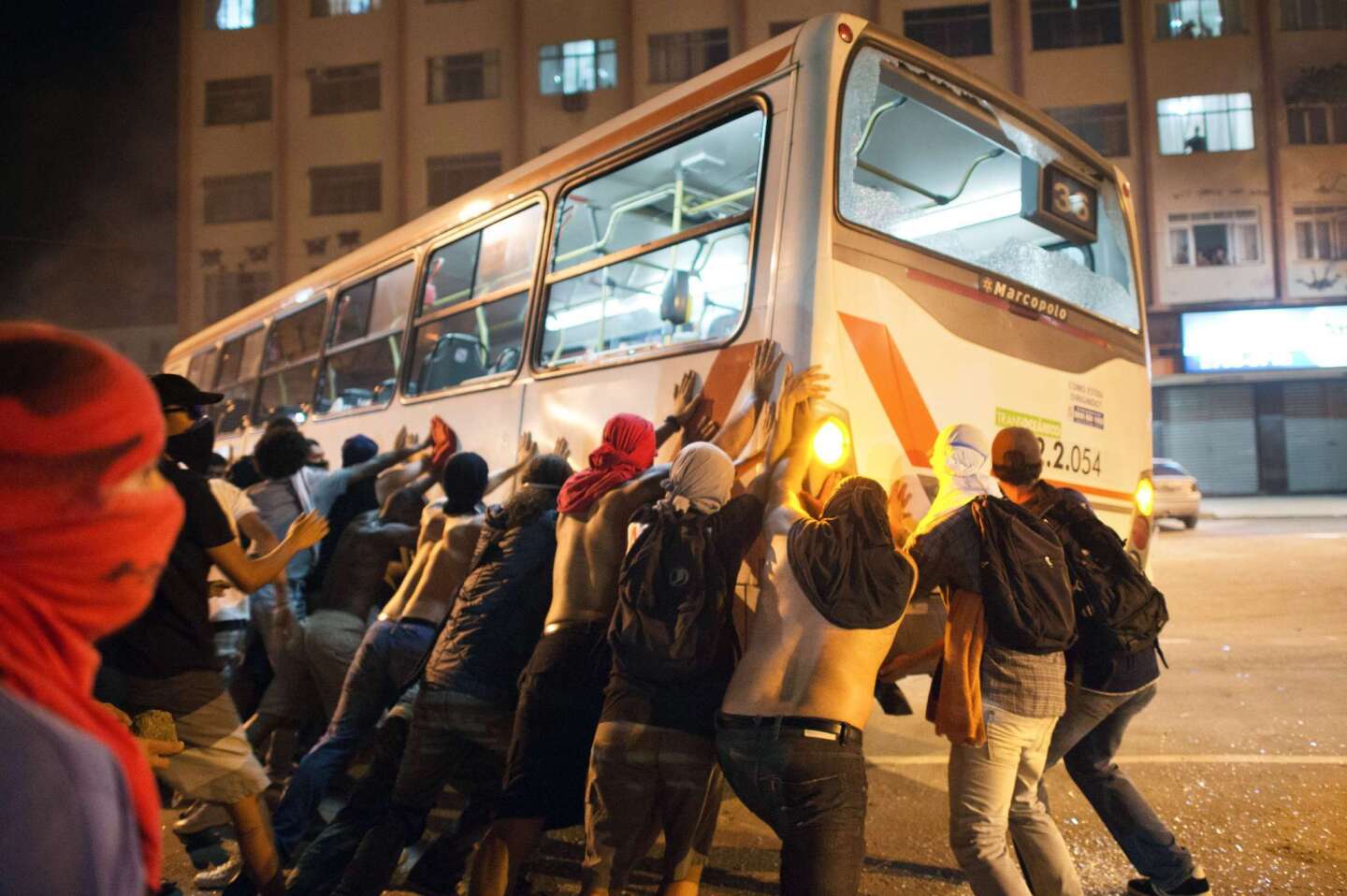
What began as protest in Brazil over a proposed 10-cent increase in bus fares quickly turned into one of the biggest street demonstrations in that country’s recent history. In June, more than a quarter of a million people took to the streets across major cities, demanding lower transit fares, among other government reforms. Some have compared the mass protests to the Occupy movement in the United States, others to those in Greece, where citizens filled the streets angry over economic conditions. But the reality is that while Brazil’s economy is growing and the leftist government of President Dilma Rousseff and her predecessor have pushed through some reforms, the country remains deeply divided between rich and poor. The demonstrations are merely the latest reminder of the deep social problems facing Brazil.
Above: Demonstrators overturn a bus on June 19.
RELATED:
Ted Rall’s five best cartoons of 2013
Washington’s 5 biggest ‘fails’ of 2013
2013 endings: Columnist Patt Morrison on what she won’t miss (Christophe Simon / AFP Getty Images)
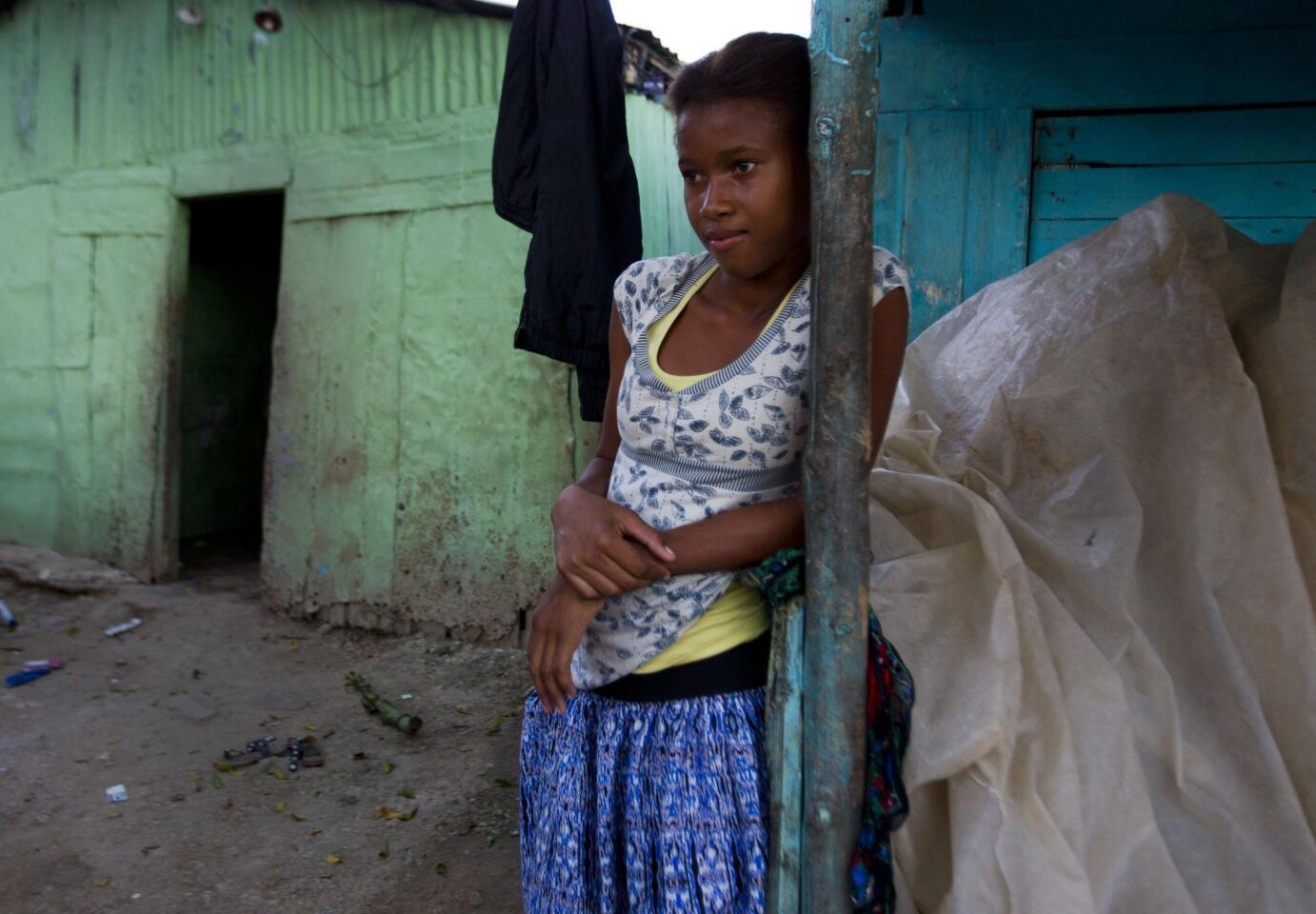
The Dominican Republic’s Constitutional Court ruled in September in favor of stripping citizenship from people born after 1929 to parents without Dominican ancestry. The decision could affect some 250,000 people, the vast majority of whom are the children of Haitian immigrants, who came to the country either illegally or as guest laborers to work in the sugar cane plantations, in homes or on construction crews. It’s little wonder that human rights groups are deeply troubled. The decision created a crisis where one need not exist.
Above: Alexandra Lima, 14, of Haitian descent but born in the Dominican Republic, poses during an interview with AFP in San Pedro de Macoris, Dominican Republic, on Oct. 6.
RELATED:
Ted Rall’s five best cartoons of 2013
Washington’s 5 biggest ‘fails’ of 2013
2013 endings: Columnist Patt Morrison on what she won’t miss (Erika Santelices / AFP/Getty Images)
Advertisement
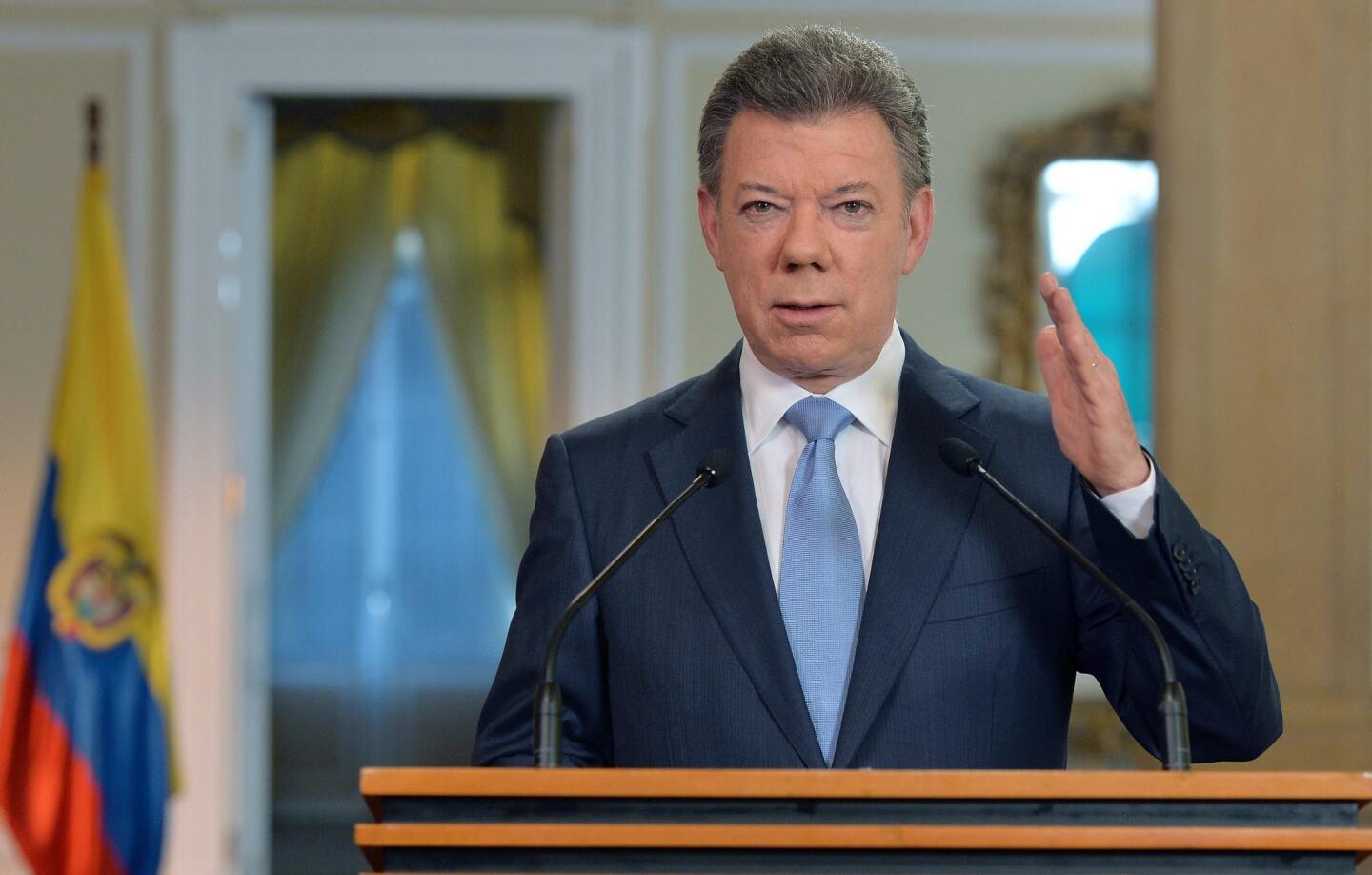
When Colombian President Juan Manuel Santos announced late last year that his government was launching peace talks with the Revolutionary Armed Forces of Colombia, the largest rebel group, many in the country were skeptical that the negotiations would yield anything. But this year, both sides reached milestone agreements on key issues. In May, the government and the FARC reached an accord on land reform, considered a crucial part of any broader accord. And in November, the two sides reached another deal establishing a basic framework under which the rebels would be allowed to participate in the country’s political life. Much work remains to be done, but this year has offered real hope that Colombia’s decades-long conflict may finally come to an end.
Above: Santos speaks during a national TV and radio broadcasting in Bogota on Nov. 6.
RELATED:
Ted Rall’s five best cartoons of 2013
Washington’s 5 biggest ‘fails’ of 2013
2013 endings: Columnist Patt Morrison on what she won’t miss (Andres Piscov / EPA)



